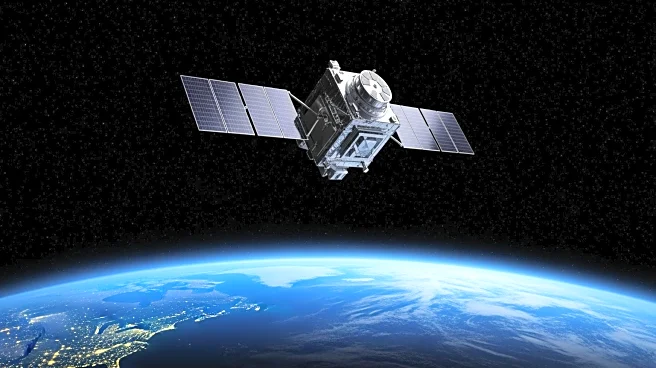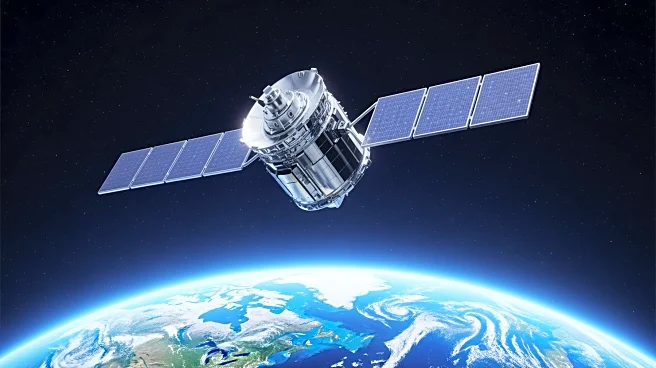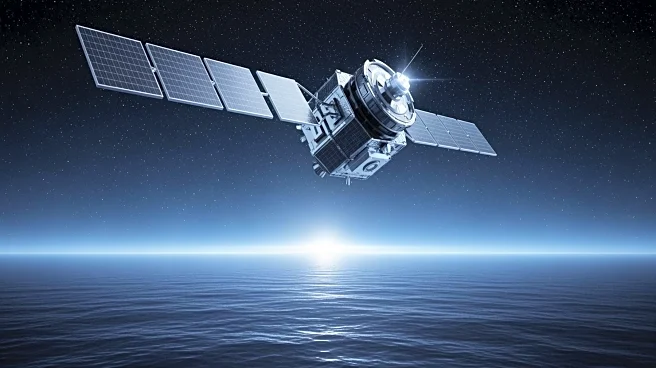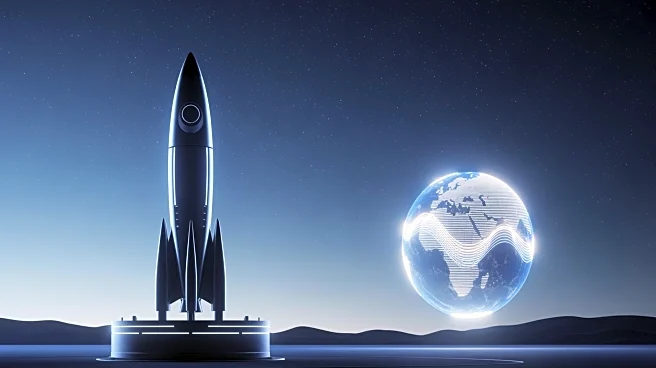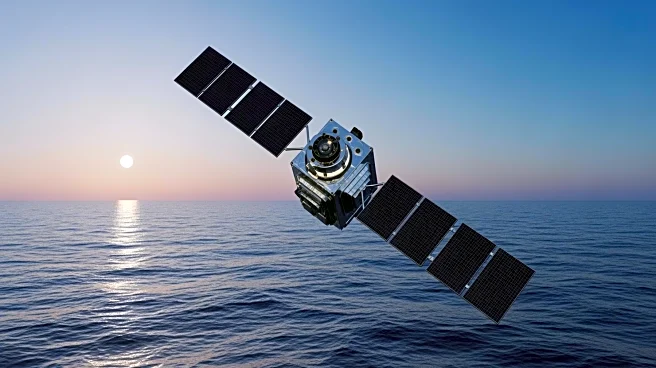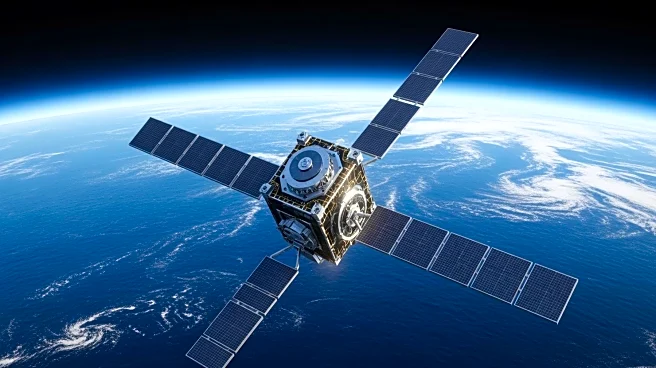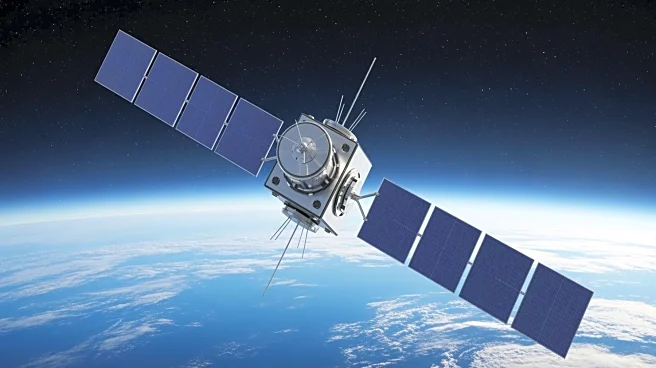What's Happening?
SpaceX is set to launch the Sentinel-6B ocean-mapping satellite on November 17, 2025, from Vandenberg Space Force Base. The satellite, part of the European Union's Copernicus Earth-observing program, will
measure global sea surface heights with high accuracy. This mission continues the work of its predecessor, Sentinel 6 Michael Frelich, launched in November 2020. The launch is a collaborative effort involving the European Commission, NASA, ESA, Eumetsat, and the U.S. National Oceanic and Atmospheric Administration, with support from the French space agency CNES. The satellite will use a radar altimeter developed by ESA and a NASA-provided microwave radiometer to determine atmospheric water content.
Why It's Important?
The Sentinel-6B mission is crucial for monitoring sea-level rise, a significant consequence of climate change. Accurate sea-level measurements are vital for storm forecasting, securing coastal infrastructure, and optimizing commercial activities. The data collected will also refine atmospheric models, aiding in the safe re-entry of Artemis astronauts. This mission represents a continuation of over 30 years of sea-level measurement records, providing essential information for global climate policy and environmental management.
What's Next?
Following its launch, Sentinel-6B will work alongside Sentinel 6 Michael Frelich for precise cross-calibration between the two instruments. The satellite will be deployed to its science orbit 830 miles above Earth, where it will begin its observations. The launch will be live-streamed, allowing the public to witness this significant event. The data collected will be analyzed to enhance understanding of sea-level changes and their impacts on global climate patterns.
Beyond the Headlines
The Sentinel-6B mission highlights the importance of international collaboration in addressing global environmental challenges. By pooling resources and expertise, these organizations aim to provide comprehensive data that can inform policy decisions and drive sustainable practices. The mission also underscores the role of advanced technology in environmental monitoring, showcasing the potential of satellite-based observations in understanding and mitigating climate change effects.
